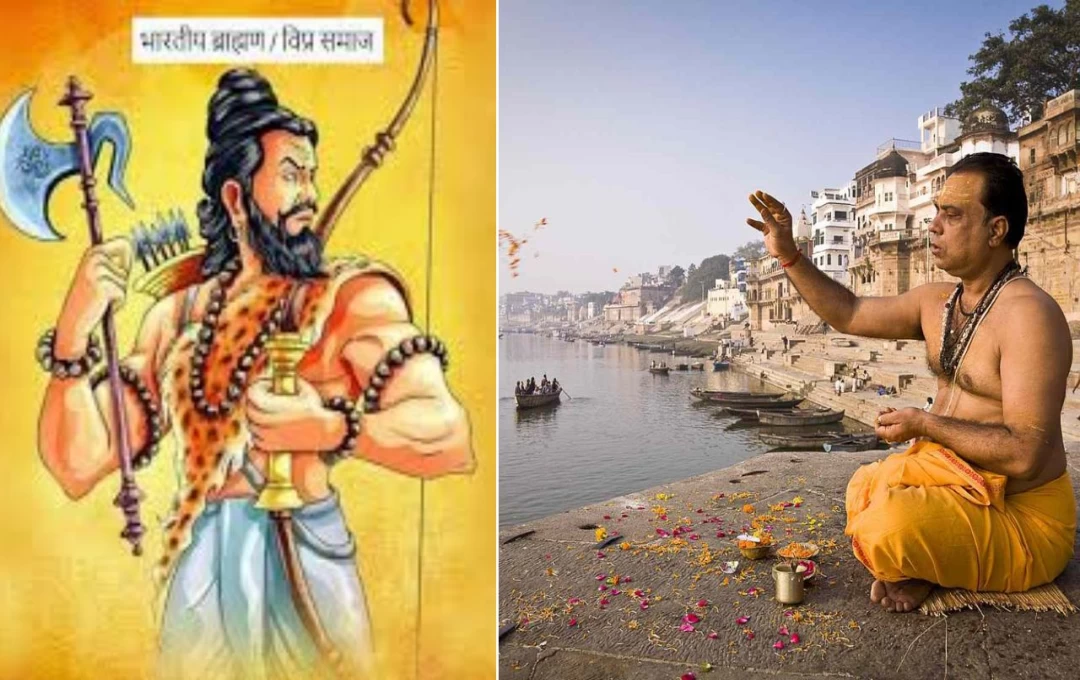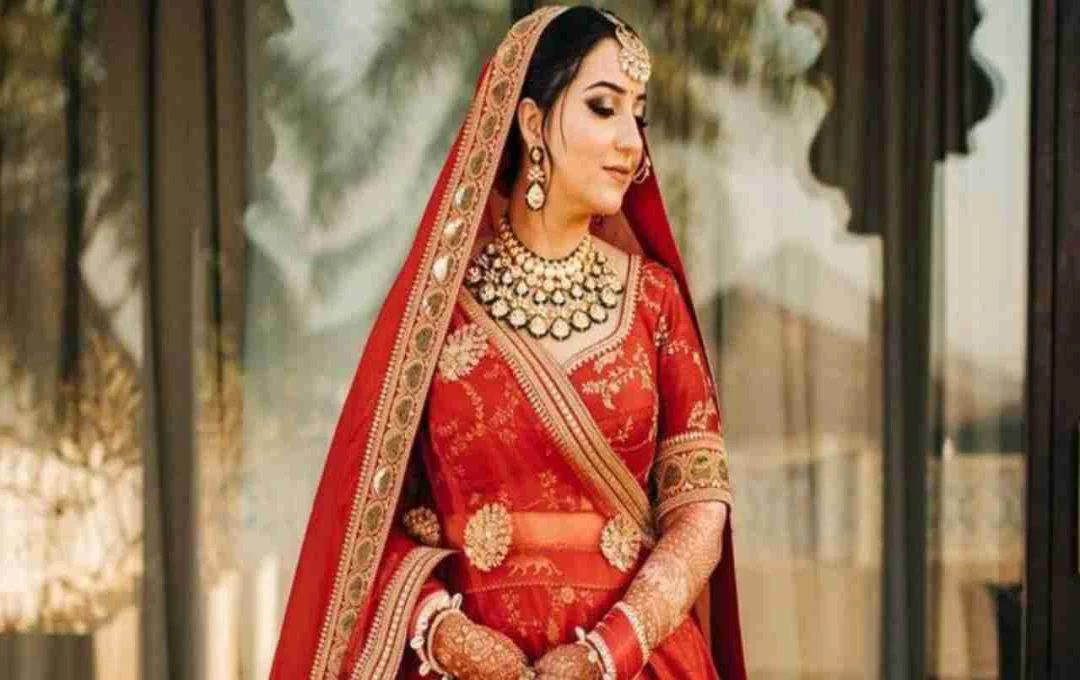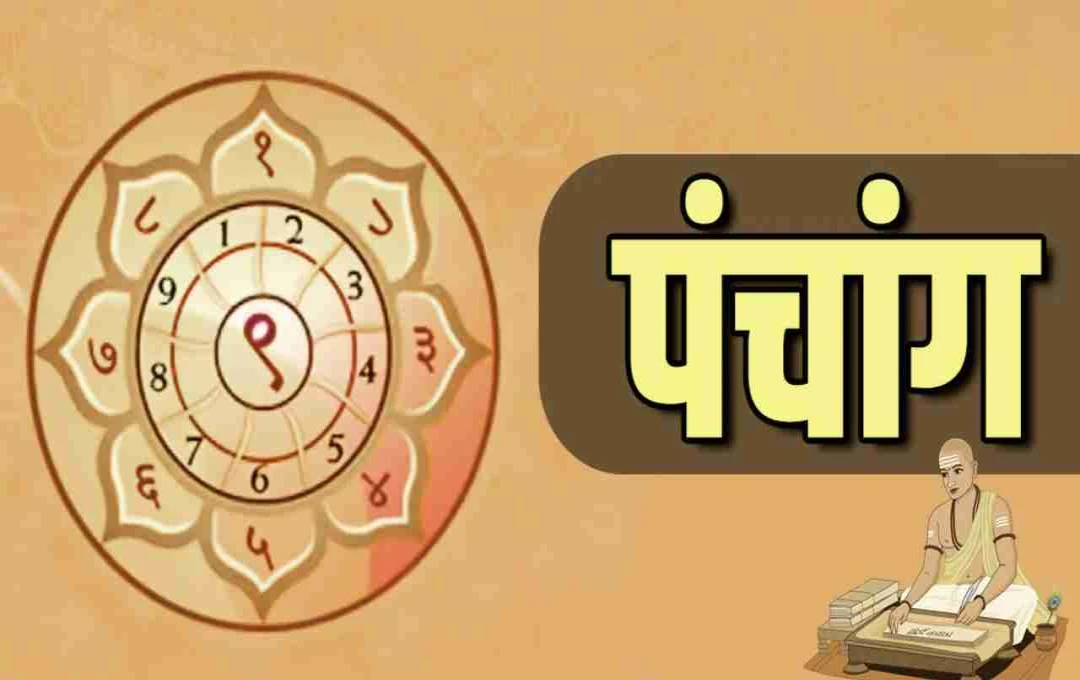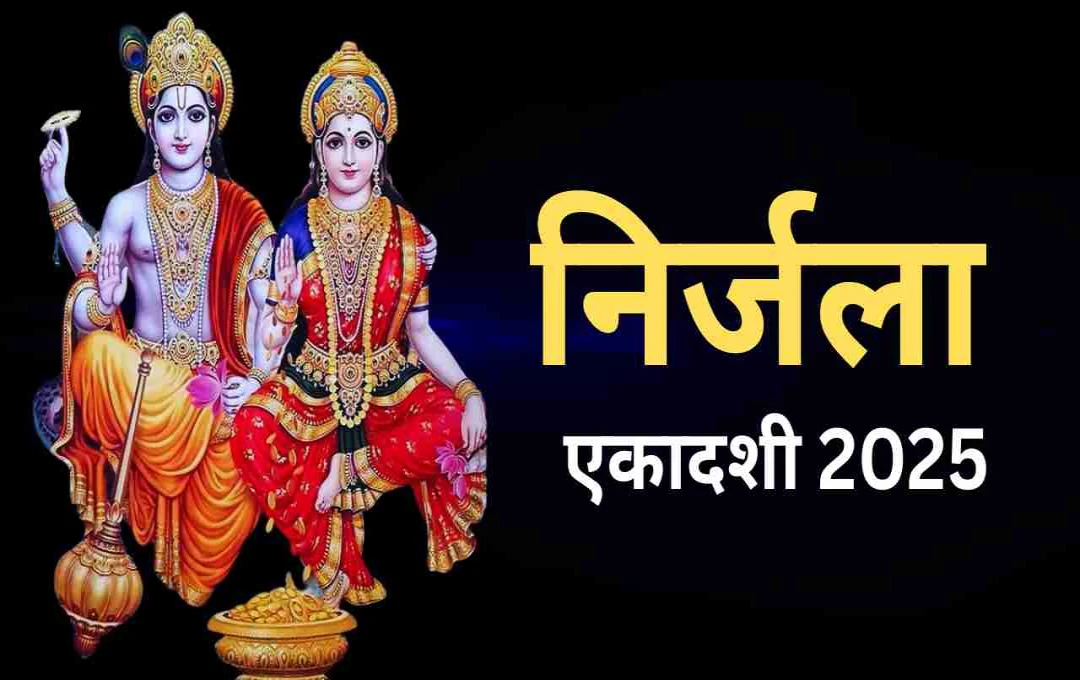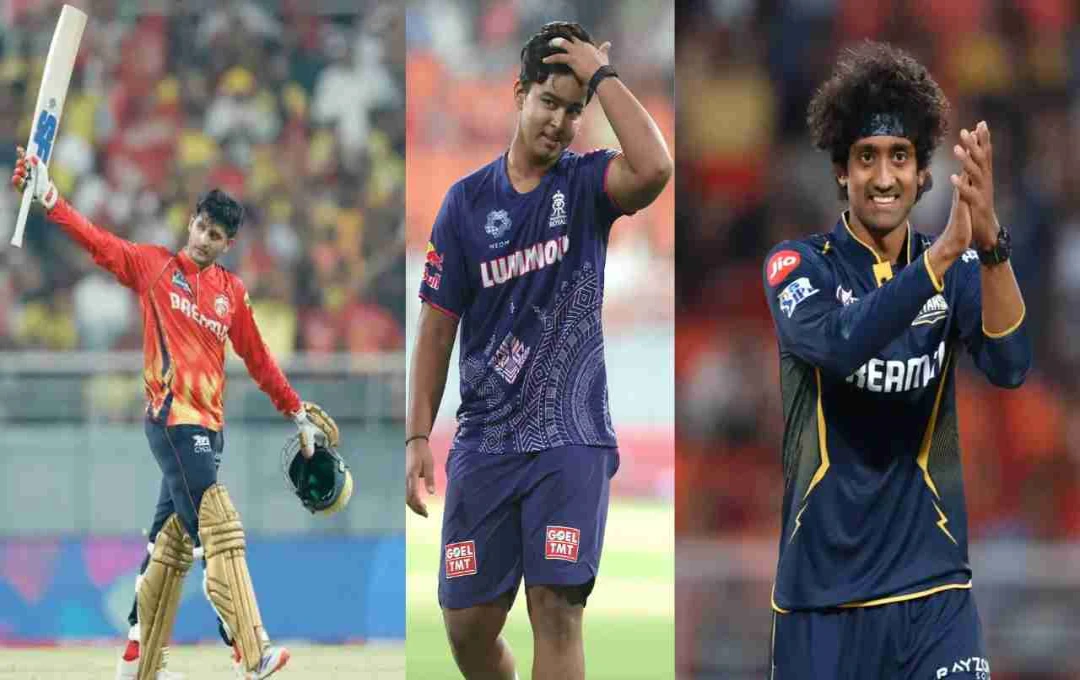Understanding the History and Origins of the Brahmin Community
Ancient Vedic texts describe society divided into four varnas: Brahmins, Kshatriyas, Vaishyas, and Shudras. The three Vedas (Rigveda, Yajurveda, and Samaveda) outline the duties of each varna. Brahmins were tasked with study, teaching, performing and conducting yajnas (sacrifices), giving and receiving charity. Their position at the apex of the social hierarchy meant they were not subject to caste-based discrimination but sometimes faced envy and resentment from other groups.
Some attribute the backwardness of certain sections of society to the Brahmins. Arguments exist that lower castes in India converted to other religions as a result of perceived Brahmin oppression. Numerous books and articles have been written criticizing the Brahmins. However, not all Brahmins enjoyed privileged social status, and they faced societal disadvantages, such as being excluded from certain affirmative action programs based on caste. Despite this, Brahmins are often described as hardworking, intelligent, religious, practical, socially engaged, and recognizing the importance of education. Following their daily routines and habits, some argue, might lead to improved social standing.
Brahmins' Social Category
Brahmins generally belong to the general category, but this can vary by state. In Haryana and Punjab, Jats are considered general category, but in other states, they may be categorized as Other Backward Classes (OBCs).
Types of Brahmins
Smriti and Puranic texts describe eight categories of Brahmins: Matri, Brahmin, Shrotriya, Anuchana, Bhramna, Rishikalpa, Rishi, and Muni. Differences exist in their surnames and rituals. Brahmin surnames are often derived from their lineages.
Origins of Brahmins
According to scripture, the creator god manifested Brahmins, Kshatriyas, Vaishyas, and Shudras from his mouth, arms, thighs, and feet, respectively, assigning specific duties to each. For Brahmins, these duties included learning, teaching, performing sacrifices, conducting sacrifices for others, giving charity, and receiving charity. Brahmins are considered the most esteemed as they are believed to have originated from the mouth of Brahma.
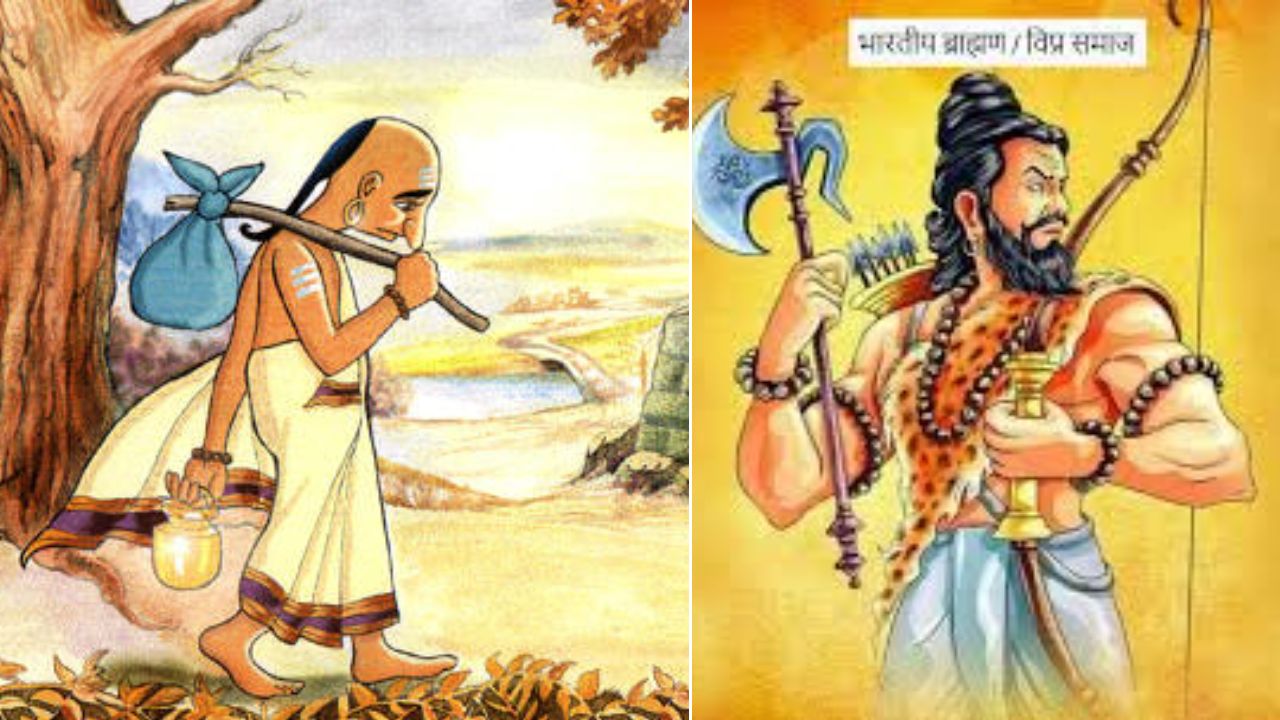
Brahmin Lineage
The Bhavishya Purana describes a lineage tracing back to Rishi Kashyap's son Kanva, whose wife Aryavani was a celestial nymph. According to the text, under Brahma's guidance, they performed austerities by the Saraswati River. Kanva's penance resulted in ten sons: Upadhyay, Dikshit, Pathak, Shukla, Mishra, Agnihotri, Dube, Tiwari, Pandey, and Chaturvedi.
Gotras (Lineages) of Brahmins
Notable Brahmin Gotras include Kashyap, Bharadwaj, Vishvamitra, Gautam, Jamadagni, Vasistha, Vats, Gautam, Parashurama, Garg, Atri, Bhrigu, Angiras, Shringi, Katyayana, and Yagnavalkya.
Present-day Status of Brahmins
Brahmins have excelled as teachers, scholars, doctors, warriors, writers, poets, and political figures. Modern Brahmin parents aspire to have their children become computer programmers and engineers. To gain further insight into the significant contributions of Brahmins, one can refer to lists of prominent Brahmins.
DNA Evidence Regarding Foreign Origin of Brahmins
DNA analysis of 2500-year-old skeletal remains found in Rakhigarhi, Haryana, did not reveal the R1a1 gene, often associated with the Aryan people. This suggests that the Brahmin community in India is not of foreign origin. The Aryan invasion theory, some argue, was part of a "divide and rule" strategy employed by the British.
History of Saryuparis Brahmin Community
Saryuparis Brahmins are those who settled east of the Sarayu River. They are considered a branch of the Kanyakubja Brahmins. According to legends, Lord Rama, after conquering Lanka, performed sacrifices and established these Brahmins on the banks of the Sarayu.
Why are Brahmins Considered Revered?
Religious texts place Brahmins in a preeminent position. Achieving Dharma, Artha, Kama, and Moksha (righteousness, wealth, desire, and liberation) is believed to be attainable through the methods prescribed by Brahmins. The origin of Brahmins from the mouth of the creator god makes them revered.
Conclusion
The history of the Brahmin community is detailed in ancient Vedic and Puranic texts. Their high social standing and prescribed duties reflect their importance in society. While their social position has evolved over time, their cultural and religious significance remains substantial.
